Say farewell to those annoying hot and cold spots that plague your home like the often-neglected garage area. With HVAC zoning, you can divide your living space, including the garage, into individual zones, each with its thermostat control. This means you can optimize cooling or heating for specific areas, ensuring you are always at your preferred temperature.
No more wasting energy on unoccupied spaces! You can significantly reduce energy consumption and utility costs by implementing a zoning system with either two systems or a single HVAC equipped for zoning. The magic lies in the system’s intelligence, ensuring it runs precisely when and where it’s needed without wasting a single unit of energy.
In this blog, we’ll guide you through the benefits and methods of implementing HVAC zoning, including smart solutions for an all-around comfortable and efficient living space, garage included. Get ready to step into the future of personalized comfort and savings!
What is HVAC Zoning?
HVAC zoning is a system that allows you to control the temperature within different areas or “zones” of your home. It functions primarily through central control, which manages the distribution of heating or cooling across the various zones. A single HVAC system might apply to one or multiple zones in your home, depending on how it has been set up.
The main advantage of this type of system is that it allows for more efficient and tailored temperature control, which can be especially beneficial for larger homes or those with uneven temperature distributions. Furthermore, this targeted approach can help reduce the need for frequent AC repair, as the system will run more efficiently overall.
Advantages of a Zoned HVAC
Improved Comfort and Individual Temperature Control
Picture this: you can customize the climate in every room just how you like it. Thanks to HVAC zoning, you can set the perfect temperature for each room or zone, catering to everyone’s preferences. No more extreme temperatures. Instead embrace personalized comfort with easy temperature control in every room, including insulated vs uninsulated garage doors.
Energy Savings and Reduced Utility Bills
Say goodbye to those dreaded high energy bills! HVAC zoning is the key to stop wasting energy in empty or rarely used spaces. With this smart system, you can heat or cool only the required zones, resulting in significant energy and cost savings over time. You’ll be amazed at how easy it is to manage the temperature in different areas using the zone panel to control the thermostat and monitor your energy usage.
Enhanced Indoor Air Quality
HVAC zoning offers more than just temperature control; it enhances indoor air quality too. You gain better control over ventilation and air circulation by having two HVAC systems, each operating independently. It helps in effectively reducing dust, allergens, and odors, ensuring a fresher and healthier environment.
Whether it’s heating or cooling, AC zoning allows you to optimize comfort while easily maintaining a cleaner space. No more worrying about one HVAC system running the whole show; now, you have the power of two!
Increased Lifespan of HVAC Equipment
An efficiently operating HVAC system is a game-changer; it saves you from feeling hot or too cold and minimizes wear and tear on its components. With zoning in place, the strain on your heating and cooling equipment is reduced, ultimately leading to a longer lifespan for your new AC unit. Enjoy the benefits of a well-maintained system that keeps you comfortable and lasts for years!
How Does the HVAC Zoning System Work?
At the heart of HVAC zoning are the zoning control panels and thermostats. These smart devices communicate with each other to regulate temperature and ensure your home is just the way you like it. When a zone needs heating or cooling, the thermostat in that area sends a signal to the control panel, which, in turn, opens or closes the appropriate dampers to deliver conditioned air where it’s needed.
Dampers are essential players in the zoning symphony. They are like traffic cops in your ductwork, directing airflow to the right zones at the right time. When a zone reaches the desired temperature, the area’s dampers close, preventing additional heating or cooling. This level of precision and control ensures energy efficiency without compromising on comfort.
Types of Zoned HVAC Systems
HVAC zoning systems use ducts to divide your home into separate areas for precise cooling system control. They come in various flavors to suit different needs, enhancing comfort and energy efficiency.
Single-Zone Systems
A single-zone system might be sufficient if your house is small or has an open floor plan. With one thermostat controlling the entire home, it’s a simple and cost-effective solution for maintaining a consistent temperature throughout.
Multi-Zone Systems
For larger homes or spaces with varying heating and cooling needs, multi-zone systems are the way to go. With multiple thermostats and dampers, you can create several zones, each with its customized climate.
Hybrid Zoning Systems
Some homes may benefit from a hybrid approach, combining single-zone and multi-zone systems elements. This allows you to have multiple zones where needed while maintaining centralized control in certain areas of your home.
HVAC Zoning vs. Traditional Central HVAC Systems
HVAC zoning is a modern approach to heating and cooling that offers several benefits compared to traditional central HVAC systems. The home is divided into different areas or zones in a zone system, each with its thermostat. It allows for individual temperature control in different parts of the house, providing personalized comfort for everyone. A zoned HVAC system uses dampers in the ductwork to regulate airflow into each zone, enabling precise temperature control and energy efficiency.
In contrast, a traditional central HVAC system treats the entire house as a single zone, forcing the same temperature throughout. It can lead to uneven heating or cooling and energy waste. If you have specific temperature preferences for different rooms or want to reduce your energy consumption, you may need a zoned HVAC system. HVAC zoning can also be achieved with ductless systems, which are ideal for homes without existing ductwork.
Overall, a zoned HVAC system with zone control offers greater comfort, improved energy efficiency, and more control over your indoor climate.
Factors to Consider When Implementing HVAC Zoning
Several factors influence the effectiveness and suitability of an HVAC zoning system for your home:
Home Layout and Size
The layout and size of your home play a significant role in determining how many zones you need and where they should be placed. An experienced HVAC professional can help you create the ideal zoning plan for your unique space.
Individual Preferences and Lifestyle
Think about your family’s daily routine and the areas that are frequently used. Tailoring your zoning settings to match your lifestyle can optimize energy savings and comfort.
Cost Considerations
The cost of installing an HVAC zoning system varies based on the complexity and size of your home. While there is an initial investment, the long-term energy savings and increased comfort make it worthwhile.
Professional HVAC Evaluation
Before making any decisions, it’s crucial to consult an HVAC professional who can evaluate your home’s specific needs and recommend the best zoning solution.
Common Misconceptions About HVAC Zoning
- Zoning Systems are Expensive and Complicated: While HVAC zoning systems involve an upfront cost, the energy savings and personalized comfort they provide can lead to significant savings in the long run. Moreover, modern zoning solutions are designed with user-friendliness in mind, making operation a breeze.
- Zoning Systems Cause Uneven Air Distribution: You can avoid issues like hot or cold spots with properly designed and installed zoning systems. A well-planned zoning layout ensures even distribution of conditioned air throughout your home.
- Zoning Systems Require Extensive Modifications to Existing HVAC Systems: Many homeowners fear that installing a zoned HVAC system means an invasive and disruptive process. An experienced HVAC technician can often integrate zoning equipment and installation seamlessly with your existing HVAC setup.
Tips for Maximizing the Benefits of HVAC Zoning
- Properly Programming the Thermostats: Take advantage of your zoning system’s capabilities by setting appropriate schedules and temperature ranges for each zone based on usage patterns.
- Regular Maintenance and Filter Replacement: Keeping your HVAC system in top shape ensures optimal performance and energy efficiency. Regular maintenance and filter changes go a long way in extending the life of your equipment.
- Optimizing Zoning Settings Based on Occupancy and Usage Patterns: Stay flexible with your zoning settings. Adjust the zones’ temperature settings based on occupancy and time of day to maximize your system’s efficiency.
HVAC Zoning System Cost
The cost of an HVAC zoning system can vary significantly based on numerous factors. It primarily includes the size and complexity of the home’s current heating and cooling system, the number of individual zones required, and additional equipment such as HVAC zone dampers.
Typically deployed in larger homes or businesses, an HVAC zoning system allows for advanced temperature control through a thermostat in each zone. Each separate zone operates independently, allowing for different temperatures in each zone. The HVAC zone dampers facilitate this within the duct system that controls each zone’s airflow. Investing in such a setup can enhance the efficiency and comfort of your HVAC unit.
Therefore, while the upfront costs can be higher, ensuring the right zoning system is crucial. It tends to pay off over time in energy savings by not heating or cooling unnecessary spaces, reducing the strain on the HVAC unit.
Conclusion
Congratulations! You are now well-versed in HVAC zoning. By choosing a zoned HVAC system, you gain control over your comfort and energy usage like never before. Enjoy the luxury of personalized comfort and the satisfaction of reduced energy bills. Don’t hesitate to consult an HVAC professional to explore your options and find the perfect zoning solution for your home. With HVAC zoning, everyone’s happy, and your home becomes an oasis of comfort and efficiency.

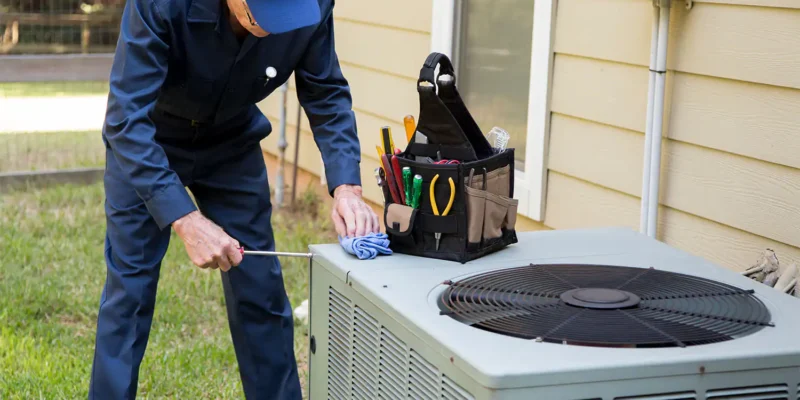
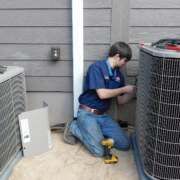
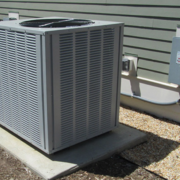
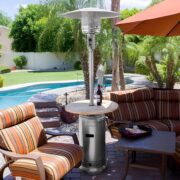
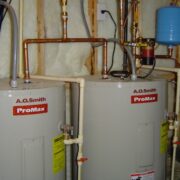
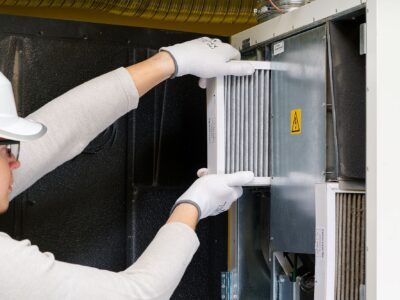
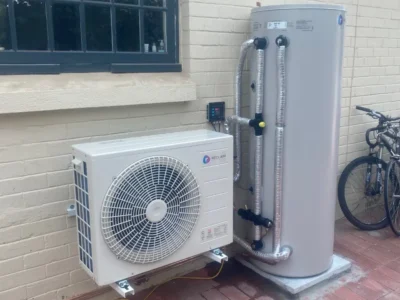
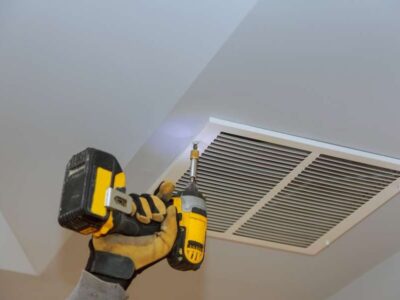


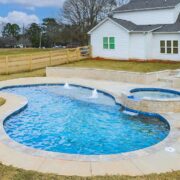


Comments